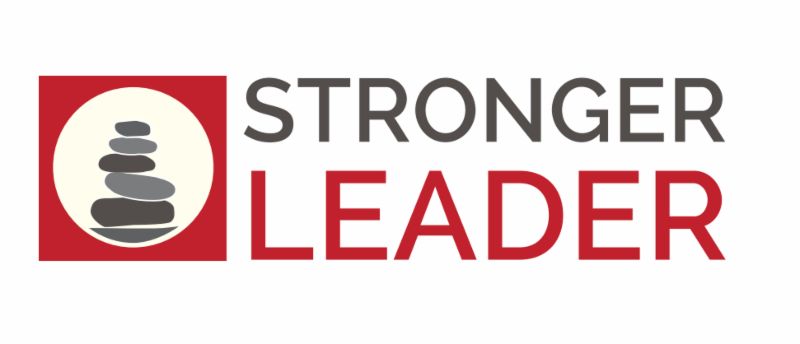Have you ever spoken to a doctor or nurse on the phone about a medical condition? Had a radiologist email your x-ray results to your doctor? Had a robot neurologist do a medical exam? Yes, a robot neurologist. And if you don’t believe it, here’s a video with one example of how technology is being used to provide care to patients who might not be able to get it otherwise.
This is an excellent example of telehealth. With the new health care laws and expansion of technology in clinical care, telehealth is here to stay. Let’s take a look.
Telehealth and Telemedicine: What’s the Difference?
You may have heard both terms used, but there's a difference between telemedicine and telehealth.
According to the Institute of Medicine’s 2012 report, telemedicine is the “use of medical information exchanged from one site to another via electronic communications to improve patient health status.”
Most of us have had telemedicine be a part of our health care without even realizing it. Electronic medical records are a type of telemedicine that allow doctors to share patient records easily. Most radiology is telemedicine, with doctors receiving results from radiologists electronically. It’s pretty common.
That same IOM report defines telehealth as “the use of telecommunications and information technologies to provide access to health information and services across a geographical distance.” This can range from talking to a health care provider on the phone to getting a neurological assessment on an Ipad using Facetime or video conferencing to using an online treatment to gain greater understanding about your substance use disorder.
You can imagine situations when this could be extremely useful, especially in rural areas where people have geographical barriers to accessing care.
Expanding Access to Care and Enhancing Treatment Services
Over the past few months, I’ve been working on two national projects focused on increasing awareness and adoption of technology to improve patient outcomes in mental health and substance abuse treatment. This includes using video conferencing, online chat, web-based interventions and regular old phone calls (yes, we've finally caught up to the Jetsons!).
In one project, I am delivering trainings for substance abuse treatment administrators and clinicians. In the other, I am on a team developing a training curriculum to introduce administrators and clinicians to research-based technology assisted interventions for substance use disorders.
I’ve learned a lot about the most current research, issues around confidentiality and ethics, funding and policy, as well as some excellent info on guiding change. Integrating telehealth into treatment programs will require serious change management.
What's your experience with telehealth? How have you been on the providing or receiving end of using technology in health care? Share your experience below.
If you're interested in learning more on the topic, sign up for my newsletter, where I'll be sharing the most recent information about telehealth with my readers.


